Visits
Visits to historical sites, museums, and galleries offer exciting opportunities to engage with the past. Hands on experiences give an insight into the world beyond the classroom. This section enables you to have the confidence to plan and undertake visits which effectively develop children’s learning.
Sort by:
Date (Newest first) | Title A-Z
Show:
All |
Articles |
Podcasts |
Multipage Articles
-

'Hands On' Archaeology, A Case Study: Visiting the Archaeological Resource Centre (ARC) in York
ArticleClick to view -

A creative Egyptian project
ArticleClick to view -

A visit to the Red Lodge, Bristol: using ICT to record and communicate children's learning in history
ArticleClick to view -

Beyond the classroom walls: museums and primary history
ArticleClick to view -

Bringing the past to life!
ArticleClick to view -

Cabinets of Curiosities, The History of Museums
ArticleClick to view -

Can you bring the dead back to life...?
ArticleClick to view -
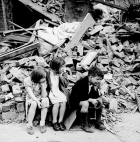
Case Study 6: Bristol Blitz - Writing in an interactive environment
ArticleClick to view -

Children's thinking in archaeology
ArticleClick to view -

Creating the 'creative history' website
ArticleClick to view -
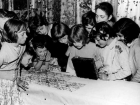
Creativity in teaching and learning at the Geffrye Museum
ArticleClick to view -
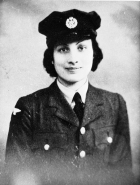
Cross Curricular Project on a famous person
ArticleClick to view -

Discovery Visits: What's New at English Heritage for Schools?
ArticleClick to view -

Exploring chronology in a museum
ArticleClick to view -

From Home to the Front: World War I
ArticleClick to view -
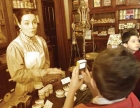
Geosong: a transition project
ArticleClick to view -

In My View: Creativity & History
ArticleClick to view -

In the Footsteps of our Ancestors: Beamish - a unique educational experience
ArticleClick to view -

Learning Outside the Classroom
ArticleClick to view -
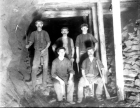
Local history and a sense of identity
ArticleClick to view

